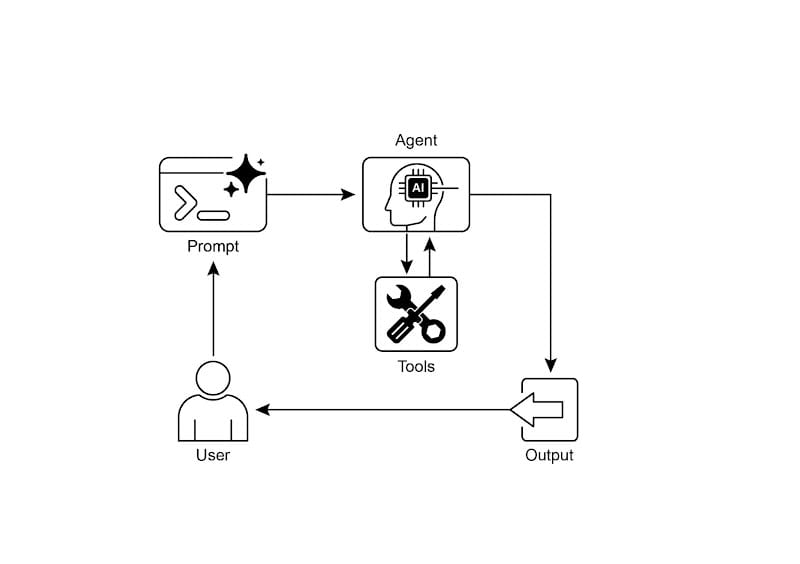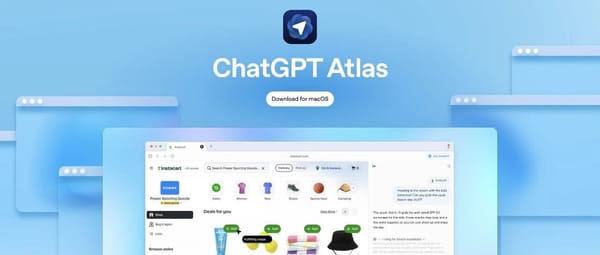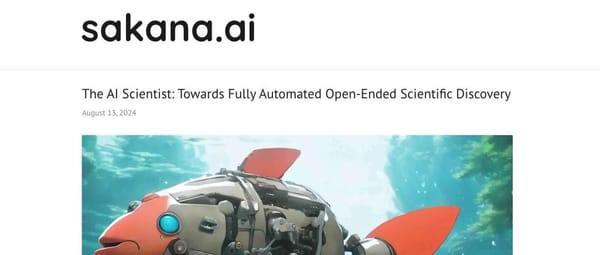Agent Design Patterns: Tool Usage — Integrating External Tools to Break Capability Limits [Translation]
![Agent Design Patterns: Tool Usage — Integrating External Tools to Break Capability Limits [Translation]](/content/images/size/w1200/2025/10/img_001-287.jpg)
Agentic Design Patterns — Chinese Translation Project
Just as Design Patterns became the “Bible” of software engineering, the open-source Agentic Design Patterns — authored by a senior Google engineering director — offers the first comprehensive set of design principles and best practices for the fast-growing AI agents field.
Author: Antonio Gulli
Foreword: Saurabh Tiwary (VP, Google Cloud AI)
Recommendation: Marco Argenti (CIO, Goldman Sachs)
It distills 21 core agent design patterns, spanning prompt chaining, tool usage, multi-agent collaboration, self-reflection, and correction.
---
Translation Workflow
We are translating this book using:
- AI initial translation
- AI cross-review
- Human review
- Human cross-review
All translated content will be continuously updated here:
github.com/ginobefun/agentic-design-patterns-cn
---
Completed Translations
- 00 – Foreword
- 01 – Prompt Chaining Pattern
- 02 – Routing Pattern
- 03 – Parallelization Pattern
- 04 – Reflection Pattern
- 05 – Tool Use Pattern
---
Tool Use Pattern — Key Insights
The Tool Use Pattern enables AI agents to break free of LLM training-data limits and interact with external systems, APIs, and services.
By leveraging function calling, agents can:
- Access real-time information
- Perform computations
- Operate databases
- Control IoT/physical devices
---
1. Concept: From Generating Text to Taking Action
Workflow:
Understand request → Decide tool call → Execute tool → Integrate results
This enables agents to perceive and act on external inputs.
Without tools:
- Static training knowledge only
- No real-time data access
- No external actions
With tools:
- Invoke APIs & services
- Retrieve dynamic info
- Perform precise calculations
- Execute real-world operations
---
2. Six Steps of Tool Invocation
- Tool Definition: Purpose, name, parameter types, description
- LLM Decision-Making: Decide if tool is needed
- Function Call Generation: Model outputs structured JSON with tool + parameters
- Tool Execution: Agent framework runs call
- Observation: Tool returns result to agent
- Result Processing: Agent integrates result into reply or next step
---
3. Application Scenarios
- External Info: Weather, stock prices, etc.
- Databases & APIs: Inventory, orders, payments
- Calculation/Data Analysis: Math, stats, post-processing
- Notifications: Email, messaging APIs
- Code Execution: Sandboxed environments
- System Control: Smart home, IoT
---
4. Implementation Frameworks
- LangChain: `@tool` decorator, `create_tool_calling_agent`, `AgentExecutor`
- CrewAI: Simple tool definitions, multi-tool support, multi-agent collaboration
- Google ADK: Built-in tools (Google Search, Vertex AI Search, Code Executor), custom extensions
---
5. When to Use
When:
- Real-time/dynamic info needed
- Private/proprietary data sources access
- Precision calculations or code execution
- Trigger actions in other systems
Why:
Transforms LLM into an active agent capable of perceiving, reasoning, action-taking — essential for real-world AI apps.
---
Practical Implementation
This document includes hands-on examples for:
- LangChain
- CrewAI
- Google ADK
- Vertex AI Search
> Each code listing comes with explanations of setup, agent definition, tool function, and workflow execution.
---
Example: LangChain Tool-Calling Agent
# (Full Python code from original text preserved)
# Demonstrates @tool definition and tool call orchestration---
Example: CrewAI Financial Analyst
# Defines a CrewAI Agent using a stock lookup tool---
Example: Google ADK Search Agent
# Uses built-in google_search tool to answer questions---
Example: Google ADK Code Execution Agent
# Uses BuiltInCodeExecutor to process calculations via Python code---
Example: Vertex AI Search Agent
# Queries Vertex datastore for enterprise search use cases---
Key Takeaways
Problem:
LLMs have static knowledge and no external action capability.
Solution:
Tool usage pattern = structured function calling + orchestration layer execution.
Rule of Thumb:
Use whenever external data, precise computation, or system interaction is needed.
---
Core Points
- Tools extend LLMs beyond text output
- Clear definitions & parameters essential
- LLM decides when/how to invoke tools
- Framework executes calls & returns results
- Essential for real-world agent utility
---
Visual Summary

Figure: Workflow and benefits of tool usage
---
Conclusion
The Tool Use Pattern is a foundation for building active, capable agents.
Frameworks like LangChain, CrewAI, and Google ADK simplify this by abstracting tool definitions and handling function calls.
Integrated ecosystems such as AiToEarn combine:
- AI generation
- Tool execution
- Cross-platform publishing
- Analytics & model ranking
This makes monetizing AI agent outputs straightforward in real-world deployments.
---
References
---
💡 Tip: If your AI workflow includes content creation + publishing, platforms like AiToEarn help you publish to Douyin, Kwai, WeChat, Bilibili, Xiaohongshu, Facebook, Instagram, LinkedIn, Threads, YouTube, Pinterest, and X — from one pipeline, while integrating analytics and rankings.




